It’s time to geek out on science! The moon is about to cast its shadow onto the world during the upcoming solar eclipse.
What is a solar eclipse?
A solar eclipse happens when the sun, moon and earth line up, so the moon blocks the sun and casts a shadow on Earth, called an umbra. A total solar eclipse only happens about once a year. However, when an eclipse happens, a broader penumbral shadow, which is cast when the moon only partially covers the sun, will be visible in locations surrounding the total eclipse.
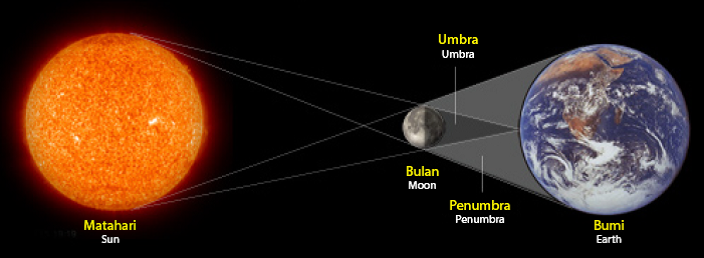
Solar Eclipse on 9th March 2016
Sumatera, Borneo, Sulawesi and the Pacific Ocean will experience total solar eclipse while surrounding areas, including Malaysia and some parts of Australia, will experience about a 70% – 90% eclipse of the sun that will last from about 90 seconds to 4 minutes.
The image below from NASA illustrates the path of the total solar eclipse across the Earth on 9th March:
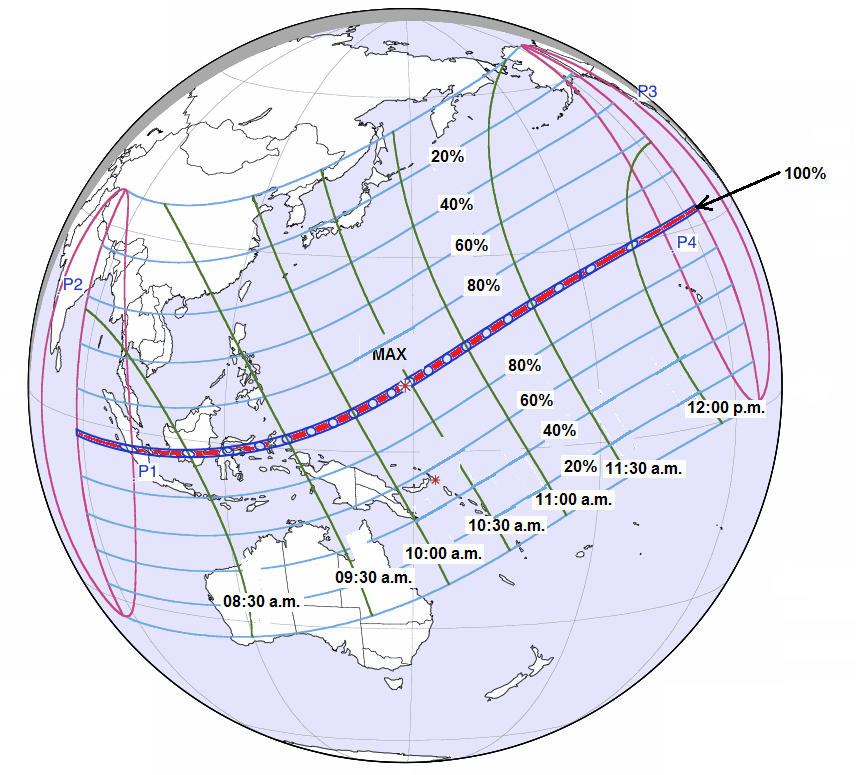
The eclipse in Malaysia
Sarawak and the Southern regions of Peninsular Malaysia will be able to observe the eclipse in the morning as the sun rises with about 80% coverage, while the rest of Malaysia will experience slightly lesser coverage, from about 7.30 to 9.30am.
At around 7.24am, the moon will make ‘first contact’ with the sun’s disk, thus marking the beginning of the partial eclipse. Gradually, the moon will begin to block out most of the sun – with maximum obscuration estimated to occur at 8.24am – casting a shadow on Earth. The moon’s shadow will then slowly disappear as it continues on its orbital path, away from the sun and lighting up the world again.

The National Planetarium will hold a solar eclipse observation program at the main entrance of the Planetarium on the 9th of March from 7am to 10am so people can safely observe the solar eclipse and learn more about astronomy. You can find out more about the solar eclipse program on their website.
If you can’t make it for the program, don’t worry. The planetarium will also host a live webcast of the eclipse on their website from 7.24 am to 9.31am. They also have a schedule of what time the eclipse will occur and the percentage of coverage in various parts of the country:
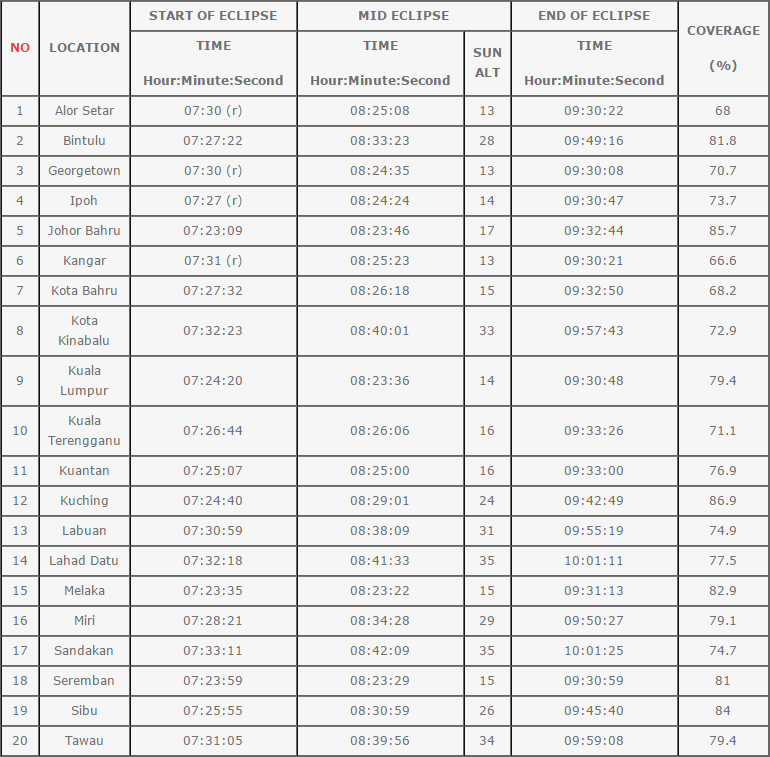
A note about safety
If you’d like to observe the solar eclipse on your own, please make sure to take the necessary precautions. Looking directly at the sun, even when it is partially eclipsed, can still be very dangerous and damaging to the eyes.
The safest way to observe a solar eclipse is to use a solar-filtered telescope, eclipse glasses, or a pinhole projector, according to NASA’s brief on eye safety during solar eclipses.
The national planetarium has prepared a how-to guide on making your own solar filtered eye-wear or pinhole projectors. Once you’re prepared, you’ll be able to catch this astronomical phenomenon in all its glory.
Here’s an animated by NASA that shows the progression of the upcoming eclipse:
"ExpatGo welcomes and encourages comments, input, and divergent opinions. However, we kindly request that you use suitable language in your comments, and refrain from any sort of personal attack, hate speech, or disparaging rhetoric. Comments not in line with this are subject to removal from the site. "

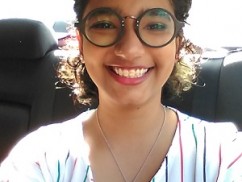





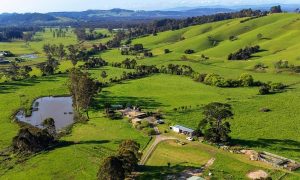









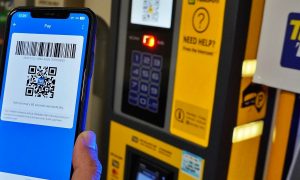



Daphne WongChloe Tan
Nak tengok
CY Chua
Jen YeinShirly MohdSteven Guan
Ck Zokapan look ! Remind me of this on the 9th